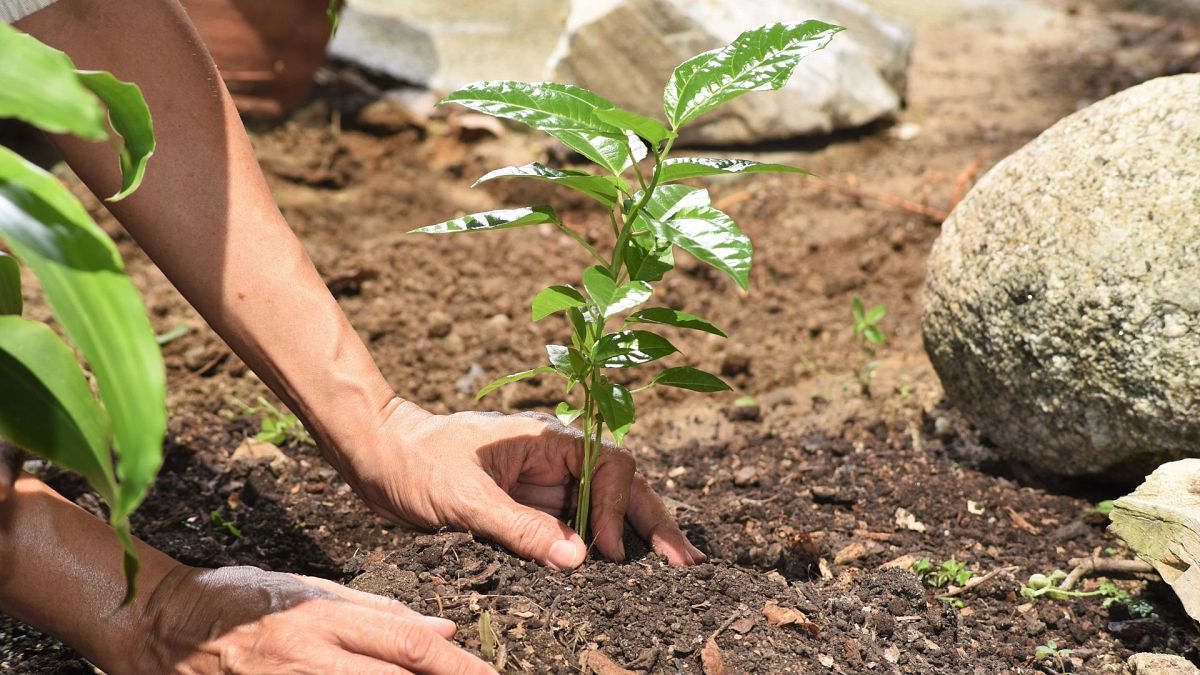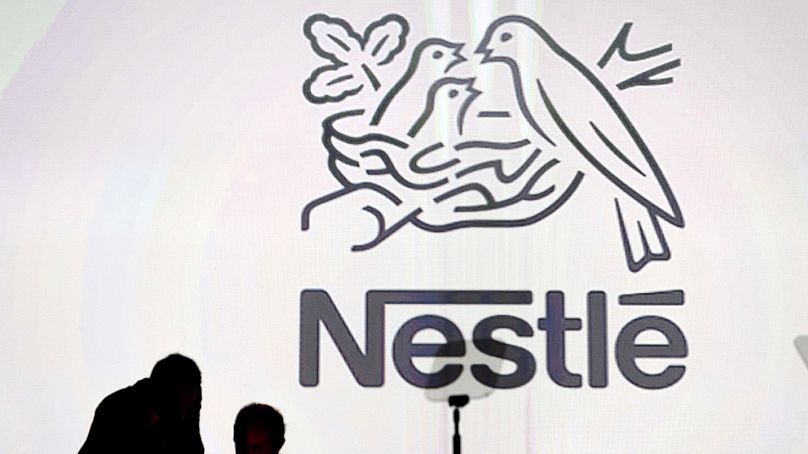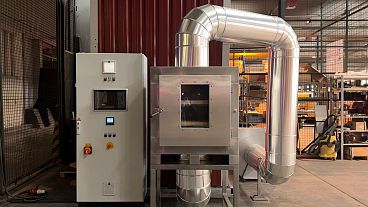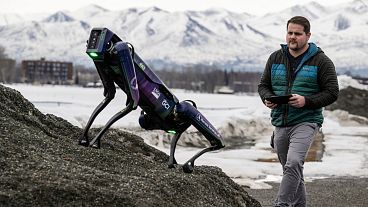Corporations use ‘carbon insetting’ to give consumers false impression of climate impact, according to a damning new report.
Corporations are increasingly turning to carbon ‘insetting’ to meet their net zero goals.
But the practise is plagued by integrity issues and misreporting, a damning new report has warned.
The practise of carbon offsetting - investing in green projects or tree-planting as a way to balance out your carbon emissions - is increasingly widespread.
Insetting operates on a similar model, but brings the carbon reduction process in-house. Instead of buying carbon credits from unrelated third parties, companies invest in carbon reduction or removal projects along their own supply chains.
Nestle, for example, plants trees on the land of its suppliers.
But according to a new report by the New Climate Institute (NCI) - a German campaign group - the “contentious practise” doesn’t always stack up.
“Insetting is a business-driven concept with no universally accepted definition. The approach can lead to low credibility greenhouse gas emission offsetting claims and the double counting of emission reductions,” the report authors warn.
What is carbon offsetting?
Carbon insetting is a version of the more widely-known carbon offsetting.
These days, offsetting - paying to plant trees or investing in green projects as a way to balance out your carbon emissions - is a pretty standard method of easing your environmental conscience.
The process has spawned a thriving business making billions of euros every year as companies trade carbon credits to reach climate change goals.
You can now even offset to undo your own personal environmental damage, with airlines and organisations offering to help you take full responsibility for your residual emissions. For a small fee, of course.
Increasingly, however, this sustainability solution has come under fire from activists as being little more than greenwashing. Critics have compared it to the practice of selling indulgences in the ancient Catholic church; you can live how you want as long as you have the money to buy off your sins.
In December 2022, a Source Material and Guardian investigation claimed up to 90 per cent of forest-based carbon credits approved by industry-leader Verra are 'worthless.'
How does carbon insetting differ to carbon offsetting?
What if, instead of making environmental protection a side issue, businesses made these kinds of carbon-absorbing projects a part of the new normal?
It sounds like a positive development.
Tilmann Silber, director of sustainable supply chains for environmental expert, South Pole, discusses how important a completely new approach could be in allowing brands to show they are serious about fighting climate change.
“Insetting is derived from offsetting, as the name suggests,” Silber explains. Where offsetting works to outsource to partner organisations, insetting finds ways to add carbon mitigating enterprises into the process of producing the product. “They would be looking for projects in or close to their supply chain.”
Conventional carbon neutralising usually involves investing in projects unrelated to products, but insetting instead addresses a company’s balance with the ecosystem directly.
Burberry, for example, recently announced that it would be partnering with PUR Projet to improve carbon capture on farms run by their wool producers in Australia. Restoring the biodiversity of these habitats helps capture CO2 from the atmosphere but also ensures the future of the landscape.
Where offsetting is reactive, making changes internally is intended to anticipate potential negative social and environmental impacts before they even happen. Ultimately the goal is to provide a net positive outcome.
What are the problems with carbon insetting?
But insetting is vulnerable to the same integrity threats as offsetting, the New Climate Institute report warns.
The NCI analysed the climate pledges of 24 major multinational corporations.
Many of these corporations tout their insetting programs - a development that threatens to undermine company climate strategies, the NCI warns.
Because insetting all happens inhouse, it’s hard to scrutinise the methodologies that different companies use. It is hard to show that the emissions reductions are permanent - trees planted for emissions reduction may be logged later on, for example - and difficult to verify how the company is tallying its carbon footprint.
There are no global verification standards for insetting schemes. Advertisement of such unvetted schemes could give consumers a "false impression of the company’s activities' true climate impact.," the NCI warns.
Can insetting be made successful?
Companies should be minimising their carbon footprint along their own supply chains. This premise - the central idea behind insetting - is sound.
However, the concept can be used to obscure a company's true climate footprint.
So how would genuinely sustainable insetting work? The practice does have a possible range of benefits beyond purely financial rewards. “It improves the resilience of the supply chain by investing where it is most vulnerable,” Silber says.
Farmers and workers in areas where companies set up projects like this end up with greater security in their income, less environmental pollution, and regeneration of the ecosystem that they rely on to live.
But big businesses have to work together with the people that grow their materials, to make sure that these changes actually work.
“There has to be a partnership approach, it’s not sustainable to force farmers to make changes,” explains Silber.
“It’s not enough to just make it financially attractive in the short-term, that means a farmer signs up for 5 to 10 years and then stops doing it.”
Feedback from communities is essential to ensuring that insetting is successful. Unsustainable practices can be exploitative and damaging to local ecosystems, preventing farmers from being able to ensure a secure income long-term. Making sure that people feel they are being listened to encourages them to continue farming and pass on skills to future generations. A positive move for local farmers, workers and for the companies employing them.




